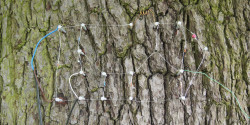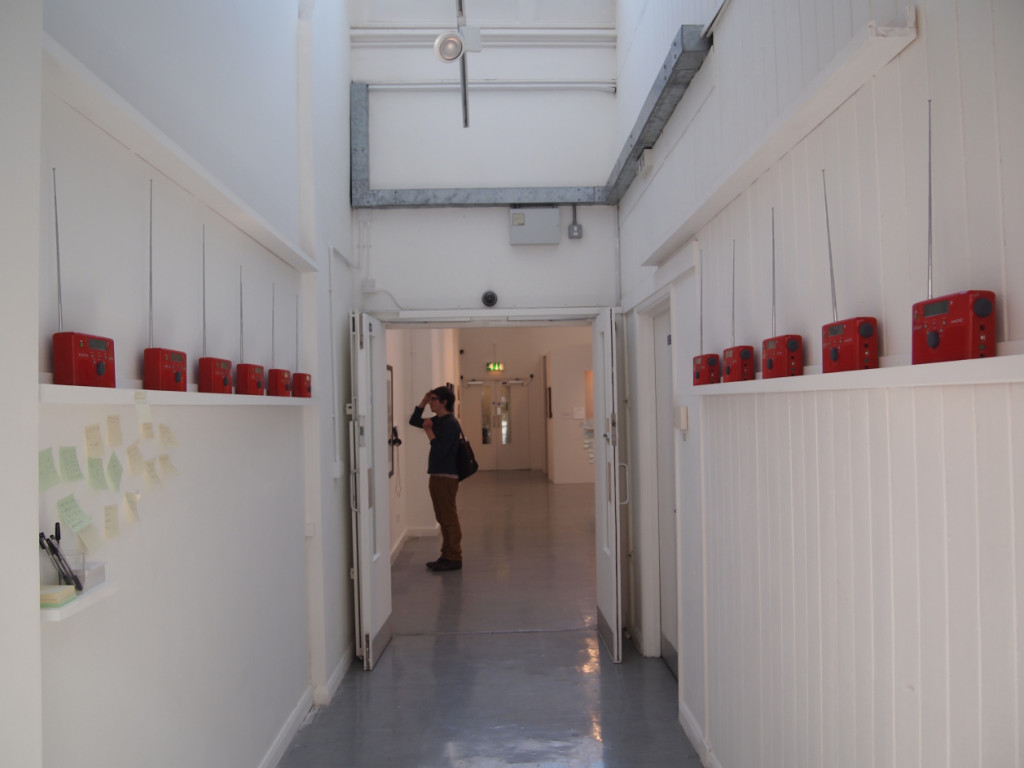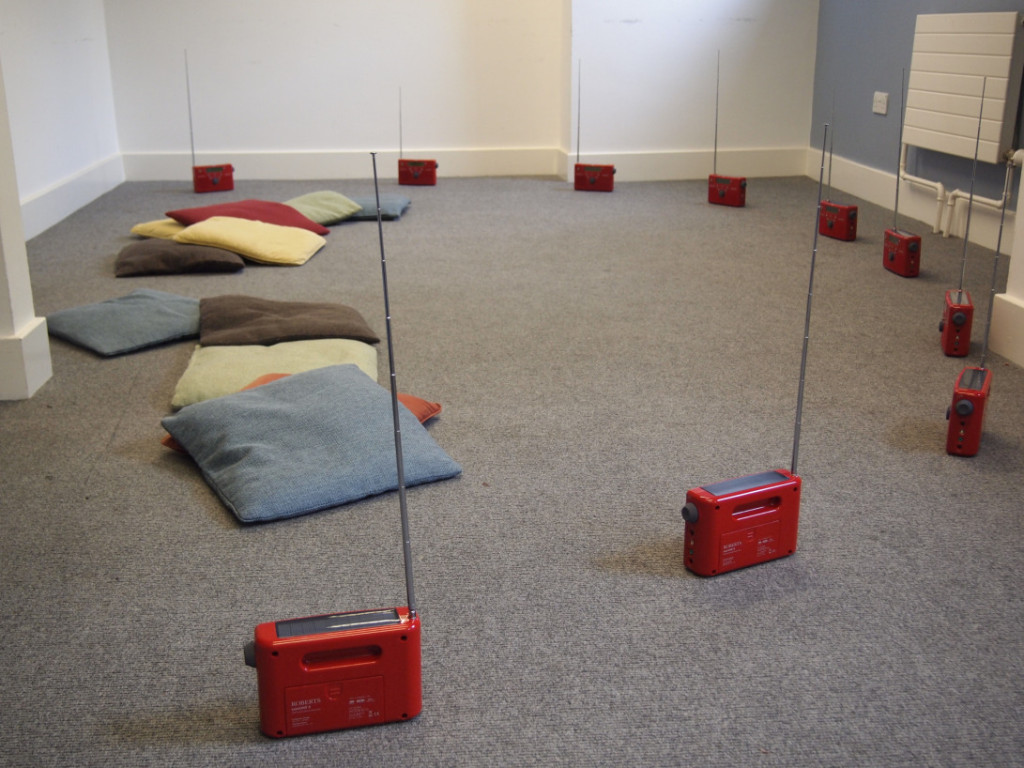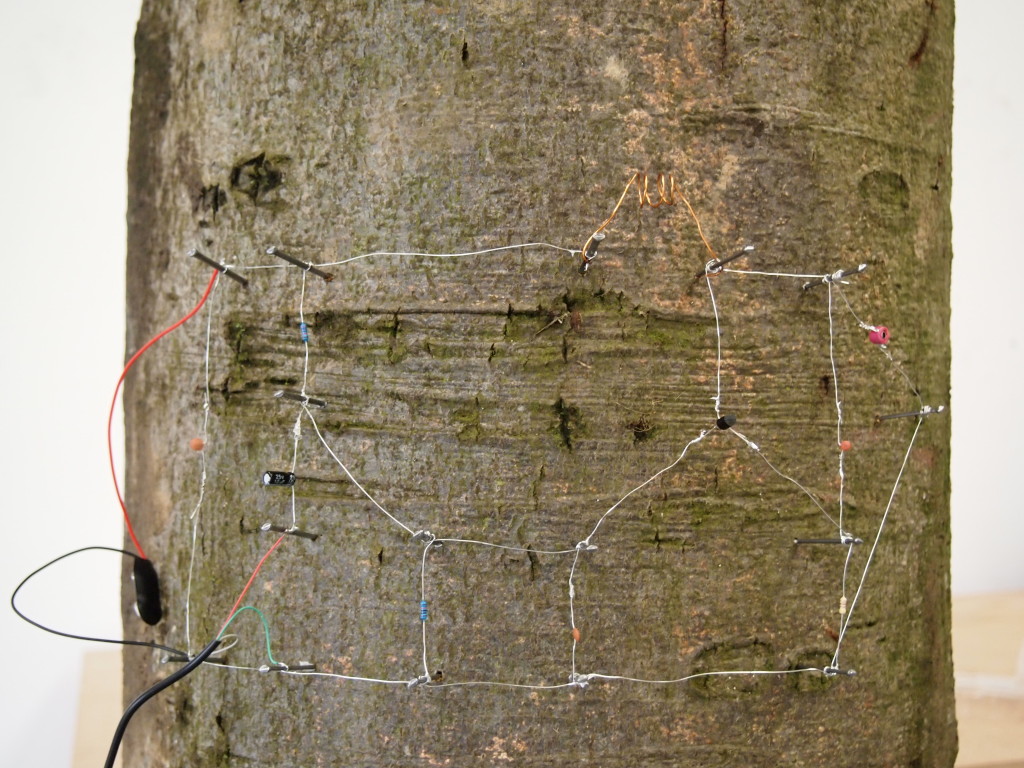We’re happy to return to the second part of our interview with radio scholar and radio artist Magz Hall. In the first part of the interview, Hall detailed the many ways in which we can understand radio, in both a contemporary and historical context, through the lens of radio art. She introduced us to a number of fascinating projects that she has been involved with and discussed the connection between her practice and community radio broadcasting.
In this second half, Hall picks up on these themes and takes us into the future by explaining how she imagines alternative trajectories for FM broadcasting. She ends our interview by pointing to some of the projects she is currently working on, including one which calls attention to the important environmental aspect of radio.
Radio Survivor: How is your work on radio art and new media technology influenced by media history?
Magz Hall: All my radio art work draws on media history, mainly radio histories. I have been drawn to researching the overlooked parts of that history and wanted to represent them in installation form. The history of radio arts is very fragmented and buried, so I had to dig deep and that’s how I found gems like du Vernet and many others discussed in my thesis.
Radio Survivor: Many of your radio installations are connected by a theme of imagining alternative futures for FM broadcasting. Would you care to expand on your vision for what some of these alternative futures might be? I’d be particularly curious to know if and how the regulation of FM broadcasting factors into any of your installations or projects.
Magz Hall: Numbers presents a scenario in which the numbers stations have moved to FM as a simultaneously conspicuous and covert communication tool of outlawed gangs, groups, agents, and political movements. As the internet becomes ever more heavily policed, Numbers considers how activists may re-appropriate communication technologies considered obsolete, challenging the boundaries of public and private space, the subject and the collective, as well as the boundaries between political and aesthetic practice.
A series of micro FM transmitters broadcasts through twelve radios encrypted messages taken from the tweets originating within the Occupy movement. Visitors to the gallery space were also invited to write encrypted messages for future broadcast using the code provided.
Part of a running theme throughout the Switch Off project will be to discuss the future of FM via its documented past, and Numbers connects with the long history of political activists embracing and experimenting with radio since its inception; from the Futurists’ La Radia (1933) to Free Radio stations across Europe such as the Italian Radio Alice (1970s), London’s Interference FM (1999), to Occupy’s Mayday Radio (2012) in New York.
The Occupy movement tweets struck me as highly radiophonic material for this work and wholly fitting for artistic dissemination as the movement reflected the subjective shifts engendered by new media in that: “[t]he assemblies have a power that is dispersed and decentralized, with proclamations of uncertain, ambiguous authorship.”
Numbers considers that, as the internet becomes ever more subject to surveillance and pre-emptive policing, activists may be forced to consider radical offline communications tactics, in this case the re-appropriation of terrestrial radio, making communication at once covert and highly visible: hidden in plain sight.
Regulation is complicit in all the works in terms of theme, content, and broadcast method as these were set up as imagined unsanctioned broadcasts on the FM spectrum. The actual installation works were broadcast and heard on conventional FM, DAB, and Internet radio. One action, Sound Train was illegally broadcast from a train. This action imagined how, in the future, we might all broadcast on the FM band from anywhere, for any distance, just as we do now with internet streaming.
The idea behind Babble Station continues with the theme of the possible futures of FM radio. In this case, the spectrum would be used for baby monitors. Radio promotes the semiotic aspects of the voice via the musicality of speech, a point of view drawn from the work of Rudolf Arnheim, who, in 1936, described radio as “developing to a further degree our feelings for the musical elements of speech and all sounds.” There is an innate communicative musicality to infants’ pre-speech utterances that I wanted to explore.
Infants’ sounds, like dead air, are not often broadcast, so a station that took this to an extreme, and was a hypothetical future of the medium, appealed to me as a playful way of examining these relationships. “Babbling” is universally defined by Mladen Dolar as the pre-symbolic use of the voice. As Dolar points out, “In fans” (as in infants) literally means “the one who cannot speak.” I liked the idea that this was a non-verbal broadcast, yet full of meaning.
Radio Survivor: Finally, what else are you working on these days?
Magz Hall: I just finished a research residency at the Yorkshire Sculpture Park (YSP) where I have produced a new sound installation, which is on exhibition there for the next year.
Tree Radio has transformed an oak tree at the Sculpture Park into a micro radio station. A transmitter embedded into the tree relays a fluctuating sound as the trees react to light, via sensors on the tree and probes in the tree (which also relay its water levels as electronic tones). Visitors at YSP can pick up the tree’s transmissions on their personal FM devices (such as phones with FM) if they are standing next to or near the tree.
This work addresses issues surrounding the rate that new digital technology often becomes out-of-date, as it uses 100-year-old tried and tested wireless technology. I have been working at the intersection between art and technology and this project takes forward my current interests.
I wanted to make people think about trees and the root of all wireless technology: radio, and how simple and green it can be to use: Wireless, free, and solar powered. The tree transmitter reveals the hidden facets of organic tree life using simple FM wireless technology.
General George Owen Squire, the U.S. Army’s Chief Signal Officer and incidentally the inventor of Muzak, back in 1919, described how “[all] trees, of all kinds and all heights, growing anywhere—are nature’s own wireless towers and antenna combined.” He called this “talking through the trees.” He used trees as an antenna to pick up radio signals for the Army. I wanted to do the reverse and use trees to send out a signal as radio. I loved the idea of actually hearing the trees talk. This project allows one to hear the tree responding to light and water as sound.
New digital wireless communication today is often disguised as trees and this is a playful way of getting people to think about trees as transmitters and radio’s early military history. The other aim of the project was to connect people with radio technology and simple electronics. The project was kick-started by an Art for the Environment residency awarded by UAL, where I completed my PhD on radio art. For me, this is just phase one of this research project which I plan to develop further.






